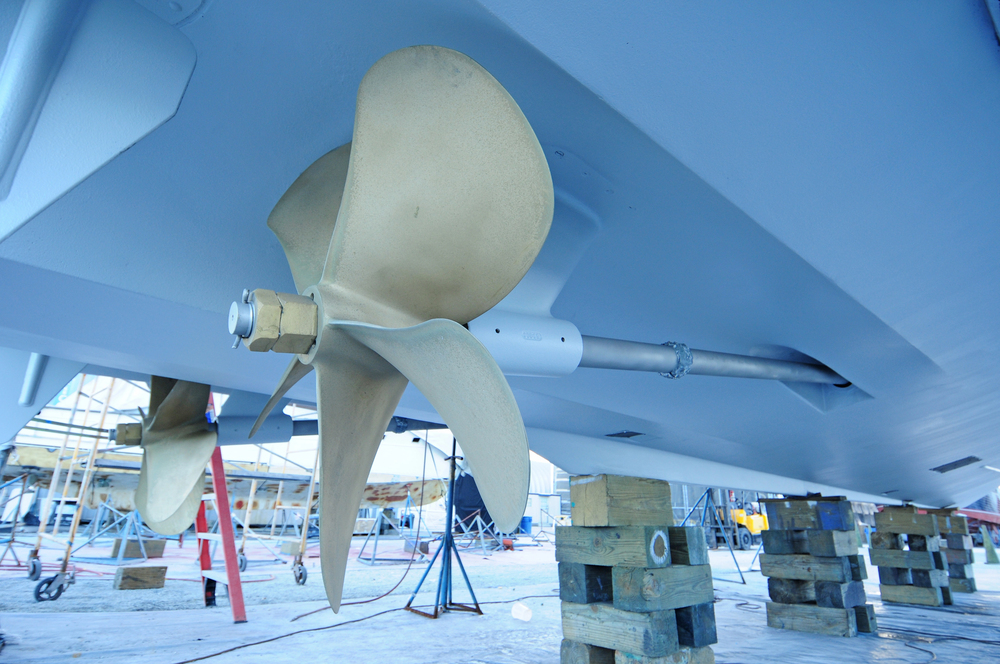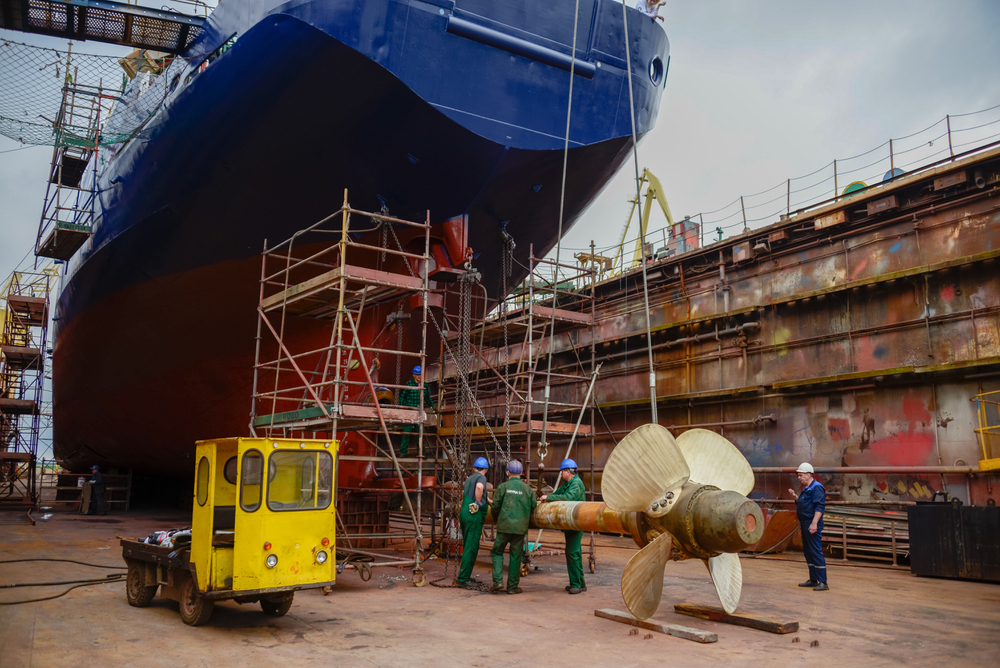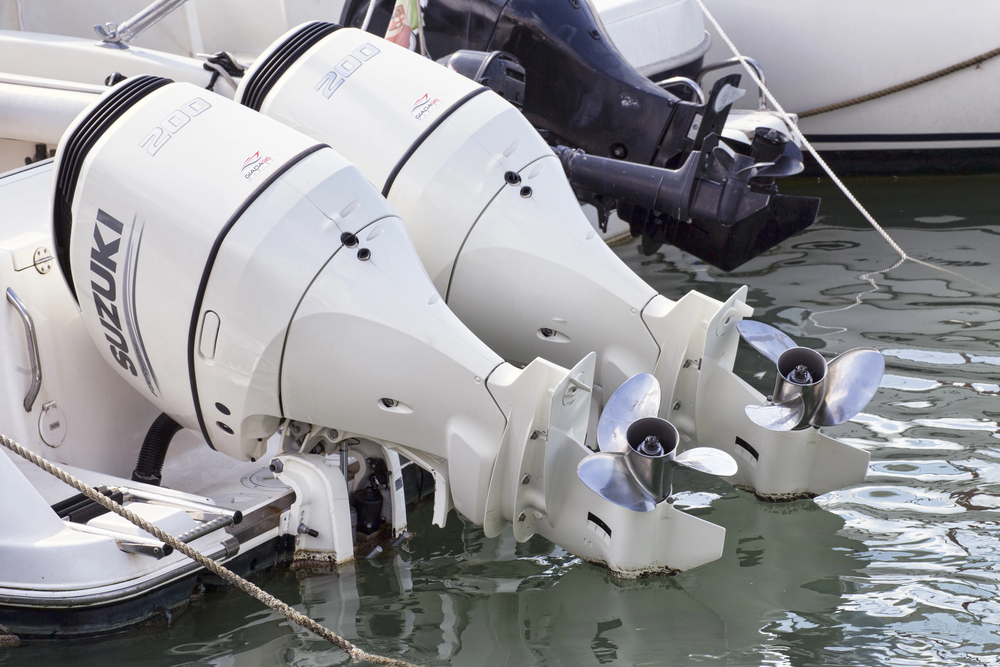Regular inspections and maintenance play a critical role in preventing costly and time-consuming rudder repair. A ship’s rudder is a vital steering component that endures constant hydrodynamic pressure, cavitation, and corrosion.
When early signs of wear are ignored, minor issues can escalate into severe structural damage requiring extensive repairs or even full replacement. This article explains how early detection methods, proper maintenance, and proactive inspections help avoid major rudder failures.
The Risks of Deferred Rudder Repair
When small problems are left untreated, they can quickly develop into significant failures. Cracks, pitting, and corrosion on the rudder blade or stock often start as minor surface defects.
However, under constant load and vibration, these flaws can deepen and compromise structural integrity. In severe cases, neglected wear can lead to rudder stock bending or complete detachment, posing serious safety hazards to both the crew and the vessel.
Delaying ship rudder repairs not only increases repair costs but also results in extended drydock time and operational downtime. A vessel taken out of service for a full rudder replacement may lose valuable shipping days, resulting in a substantial financial impact. Addressing issues early allows for targeted repairs, minimizes disruption, and preserves the ship’s maneuverability and stability.
Common Early Warning Signs
Recognizing warning signs early is key to avoiding expensive rudder repairs. Visual cracks or pitting around weld seams, edges, or the rudder stock area often signal the beginning of corrosion. In composite rudders, bulging or delamination may appear, indicating internal water intrusion.
Mechanical symptoms also provide clues. Increased steering resistance, unusual vibrations, or delayed rudder response often mean alignment or bearing issues. Noise during operation may point to cavitation erosion or internal binding. When any of these symptoms occur, they must be addressed immediately through detailed inspection, preventing the need for more invasive and costly interventions later.
Methods and Technologies for Early Detection
Modern detection techniques make it easier to identify rudder issues before they worsen. Routine visual inspections during haul-outs or drydocking remain the first line of defense. Marine engineers should carefully check for cracks along welds, pitting near the stock entry, and loosened fasteners.
Non-destructive testing (NDT) provides deeper insights. Ultrasonic testing and magnetic particle inspection can uncover hidden internal fractures that are invisible to the naked eye.
For ships that cannot easily be dry-docked, diver surveys and underwater inspections enable detection while the vessel remains afloat. These inspections can identify early signs of erosion or cavitation before they cause structural deterioration.
Monitoring hydrodynamic performance through cavitation mapping and performance sensors also helps detect subtle efficiency losses tied to rudder degradation. Early findings can be addressed through underwater boat repairs, allowing technicians to patch or weld affected areas without the need for full rudder removal. This minimizes downtime and prevents small defects from turning into major repairs.
How Early Fixes Mitigate the Need for Major Rudder Repair
Early intervention is the best protection against severe structural damage. Minor cracks or corroded areas discovered early can be repaired through localized grinding, welding, or plating, restoring the rudder’s integrity. These small-scale actions cost a fraction of what full rudder replacement requires.
In addition, early rudder repairs prevent crack propagation, which can extend through the rudder stock and affect the bearings or pintles. Once structural failure begins, the entire assembly may need to be removed for reconstruction, a process that can take weeks and cost tens of thousands of dollars.
When detected early, underwater maintenance teams can perform precision welds or patchwork without lifting the vessel. This approach maintains steering reliability and avoids costly drydock schedules. It also ensures that hydrodynamic efficiency remains intact, preserving optimal fuel performance and reducing long-term operational stress on the hull.
Best Practices for Ongoing Protection
Prevention should always accompany detection. Regular inspections must be part of a vessel’s scheduled maintenance routine. Inspections should include the rudder blade, stock, pintles, and bearings, ensuring each component operates smoothly and without signs of corrosion or mechanical wear.
Surface cleanliness is another critical factor. Periodic hull cleaning prevents marine growth from accumulating on the rudder’s surface, reducing drag and minimizing cavitation. Fouling not only disrupts water flow but also accelerates corrosion and paint degradation, making the rudder more vulnerable to damage.
Applying protective coatings, anti-fouling paint, and maintaining cathodic protection can significantly extend the lifespan of the rudder. Monitoring seals and bearings for leaks, keeping grease fittings serviced, and maintaining accurate maintenance logs help track performance trends over time. Consistent monitoring ensures potential issues are caught and resolved before they require large-scale intervention.
Preserve Rudder Integrity Through Proactive Care
Early detection is the cornerstone of effective rudder maintenance. By combining routine inspections, advanced testing, and prompt response to warning signs, ship owners can prevent small issues from evolving into costly and time-consuming repairs. Consistent maintenance safeguards steering reliability, vessel safety, and long-term performance.
When it comes to marine care, Hull2Prop is dedicated to delivering the highest standards of performance and quality. We specialize in underwater maintenance and repair services across the state of Florida, ensuring every vessel receives expert attention and personalized care.
Our commitment to the marine community drives us to provide dependable, round-the-clock support. No matter the time or tide, reach out for professional assistance from Hull2Prop.







